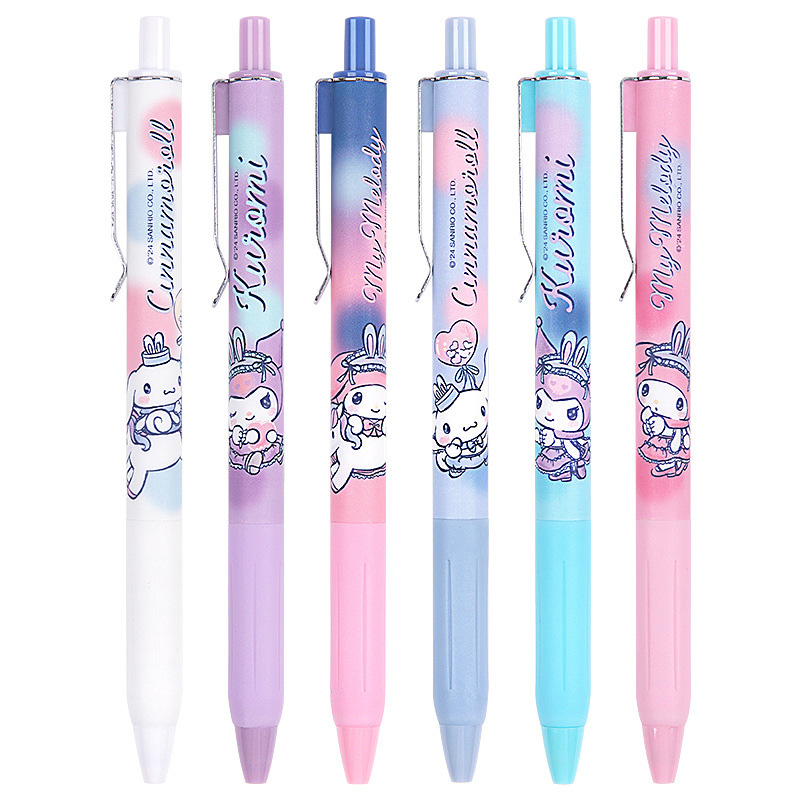In an era dominated by digital communication, a surprising creative trend is flourishing in homes, studios, and classrooms worldwide—modern calligraphy using writing pens. What was once considered an ancient art form reserved for fountain pens and quills has been revitalized by enthusiasts who now embrace the accessibility and versatility of contemporary writing pens.
The Calligraphy Comeback
Over the past few years, interest in hand lettering and calligraphy has skyrocketed, fueled by social media platforms like Instagram, TikTok, and YouTube. Hashtags such as #moderncalligraphy and #penlettering have garnered millions of views, showcasing mesmerizing videos of script styles being crafted in real time with smooth-gliding ballpoint, gel, and felt-tip pens.
This shift has opened up the world of calligraphy to a broader audience, including beginners and hobbyists who may not have access to traditional nibs and ink. Writing pens—particularly those with flexible tips or controlled ink flow—offer a less intimidating entry point for aspiring artists, students, and journaling communities.
Writing Pens: The Unlikely Calligraphy Tool
The evolution of pen design has made them more than just utilitarian writing tools. Modern writing pens now come with precision tips, ergonomic grips, and high-viscosity inks that mimic the flow of traditional calligraphy instruments. Brands are adapting to this demand by offering hybrid pens with flexible tips that can create both fine and bold strokes depending on pressure—an essential quality for faux-calligraphy techniques.
"Consumers are looking for tools that are both functional and expressive," says Lina Thompson, Product Innovation Manager at InkCraft, a stationery brand known for its artist-grade pens. "Writing pens with variable ink flow and smooth delivery are giving people a way to explore calligraphy without the learning curve of dip pens."
Driving Forces Behind the Trend
Several cultural and lifestyle shifts are contributing to this calligraphy resurgence:
Mindfulness and Creativity: Practicing calligraphy using writing pens is seen as a meditative activity that promotes focus, relaxation, and self-expression. It fits into the broader trend of mindful hobbies like adult coloring, bullet journaling, and creative journaling.

Education and Skill-Building: Schools and online educators are incorporating pen calligraphy into arts curricula, teaching students about typography, design, and handwriting through affordable writing tools.
Stationery Culture Boom: The increased popularity of stationery subscriptions, planner culture, and journaling influencers has boosted demand for aesthetic and high-performance writing pens.
DIY and Personalization: From custom cards and gift tags to wedding invitations and signage, calligraphy adds a personal, elegant touch. Writing pens make it easy for people to achieve this without expensive tools or special training.
Industry Response and Innovation
Stationery manufacturers have been quick to respond to this growing demand. pen brands have launched product lines specifically tailored for calligraphy and decorative writing. These include brush-tipped pens, dual-tip writing pens, and even gel pens with metallic or glitter finishes to enhance visual flair.
In 2024, global sales of writing pens designed for creative use grew by 22%, according to data from the Stationery Trade Federation. The popular segments were fine-liner pens for outline calligraphy and flexible-tip pens that simulate brush strokes.
Companies are also leveraging influencer partnerships to promote their pens through calligraphy tutorials and product demos. Notably, some pen makers have collaborated with calligraphy artists to co-design limited-edition sets that cater to both beginners and professionals.
Accessible Art for All
One of the compelling aspects of using writing pens for calligraphy is their accessibility. A basic gel pen or ballpoint pen can be used to practice letter formation, stroke control, and layout planning. Many artists start with faux calligraphy—where the illusion of thick and thin strokes is created by retracing and filling in downstrokes—before transitioning to more complex styles.
Calligraphy kits and instructional books geared toward writing pen techniques have also become bestsellers in arts and crafts retailers. Online courses from platforms like Skillshare and Domestika now offer step-by-step guidance on creating modern script styles with everyday pens.
Looking Ahead
As calligraphy continues to gain popularity across generations, writing pens are poised to play an even larger role in shaping how the art form evolves. Whether for artistic expression, mindfulness, or personalized gifts, pens provide a simple yet powerful way for individuals to connect with the tactile joy of handwriting.